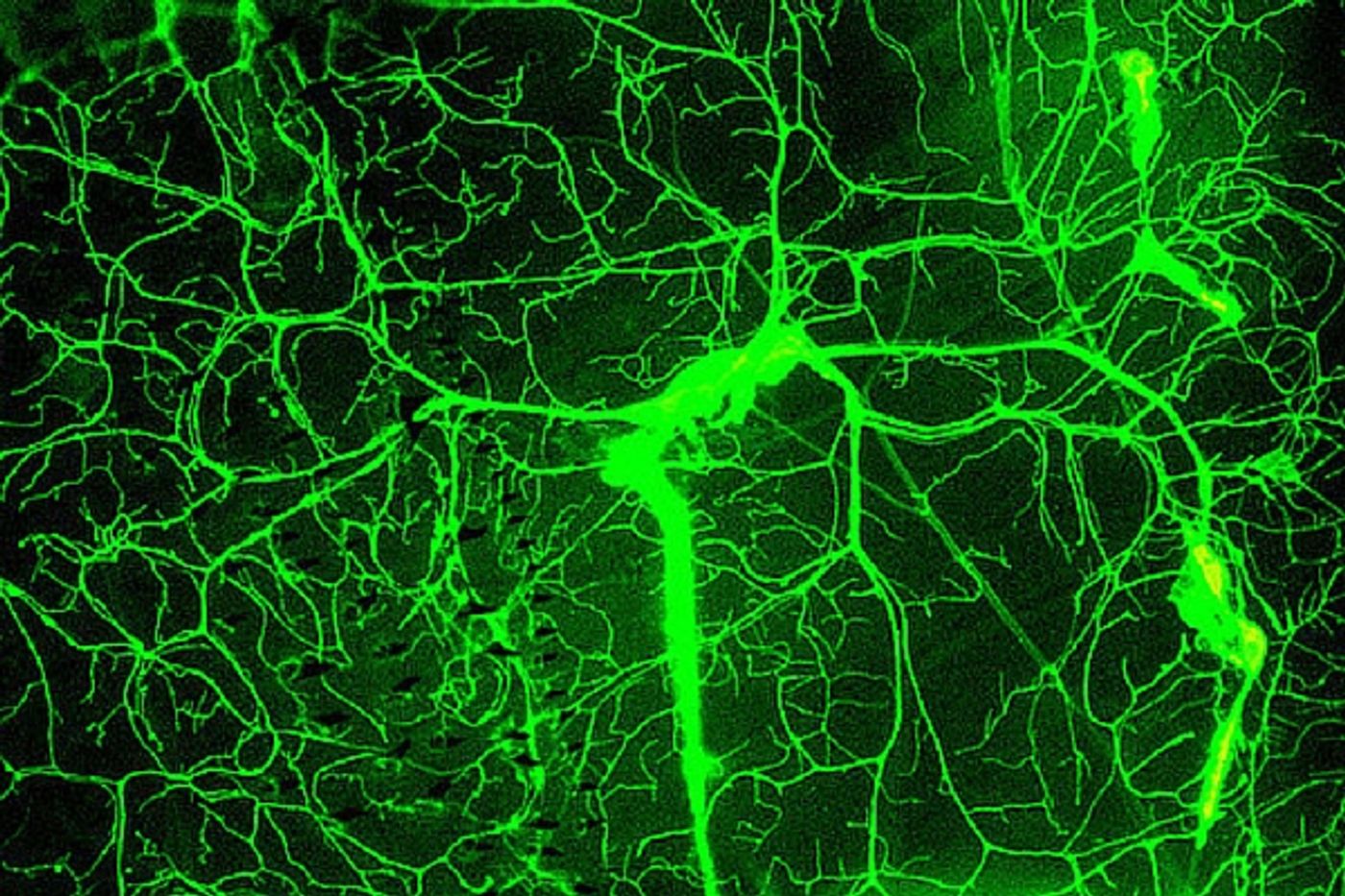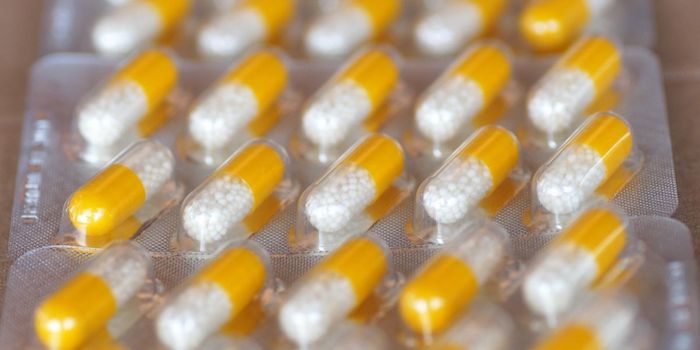The brain is pretty much the body’s supercomputer. While the heart keeps blood pumping, the lungs keep air flowing and the muscles keep us moving, at the center of all that is the brain. It’s the command post of the body, making sure every other system we have stays in working order. Protecting it is something called the “blood brain barrier” or BBB for short. It keeps out harmful substances, but it can also prevent some life saving drugs from getting to where they are most needed. What is it though? Is it an actual screen or filter? Is there a wall of tissue or some other structure at the entrance to the brain? Not exactly. Here’s how it works.
In the late 1800’s German scientist
Paul Ehrlich was researching how different tissues in the body absorb various substances. He injected blue dye into the bloodstreams of lab mice. Upon examining them, he found that the dye had permeated all their internal organs, staining them blue. All except the brain that is. Ehrlich’s research was ground breaking for his time. His experiments with dye and how it’s absorbed by cells in the body led to the discovery of mast cells, pioneered many lab techniques and later helped him to create a compound that killed the syphilis bacteria, earning him a Nobel Prize in 1908.
It wasn’t until one of Ehrlich’s students did a follow-up experiment in 1913, injecting dye directly into the brains of the mice, that the presence of a physical barrier was considered. The dye injected into the brains of the mice did not color any other organs. The instruments available to Ehrlich and his counterparts at the time however did not allow for them to discover the exact composition of the BBB
Today we know that the barrier exists at the cellular level of the blood vessels in the brain. There is no one entry point, no locked gate or high wall, but rather an arrangement of cells that is unique to the blood supply of the brain. All blood vessels are lined with epithelial cells, but the ones that lead to the brain have a tightly packed arrangement of cells that is almost impossible for certain substances to pass through.
While it keeps out certain toxins, it allows other substances like cocaine and alcohol to pass through to the brain. It’s a complex system of smaller molecules that can fit through and proteins that break up larger molecules and ferry them through the maze of cells to reach the brain. Recently, for the first time,
scientists in Canada were able to manipulate this process with ultrasound waves to allow cancer drugs to be delivered directly to the brain. This technique will have a huge impact on the treatment of brain cancer, since most cancer drugs are unable to get through the network of cells surrounding the brain. Check out this video to learn more about our brains are protected by the BBB.









